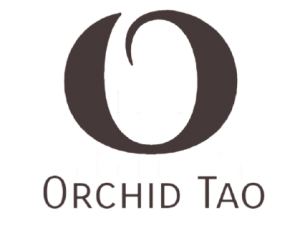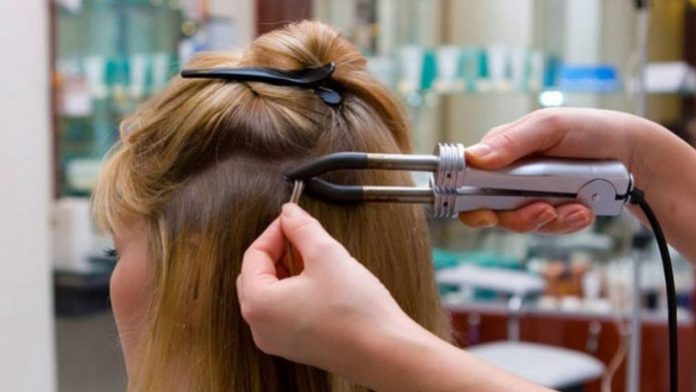Hair extensions are great for volume, extra inches, and new styles but the question of how to remove them can be a bit tricky as it is essential not to damage your hair in the process. This can cause breakage of the hair, inflammation of the scalp, or even lead to hair loss.
This article will discuss ways in which hair extensions can be removed effortlessly, problems associated with the process, and how one can avoid this. We will also discuss the care after the hair extension removal and what should be done to take care of both your natural hair and extensions.
Some Common Problems During Extension Removal and Their Solutions
Managing Resistant Extensions
Sometimes the extension may rather be irritating to dismantle for example after several months or if a strong glue was employed during the process. To manage resistant extensions, apply extra adhesive remover and let it sit longer before attempting removal. In cases where the extensions still resist, add additional oil to help break down the adhesive. Massage the oil gently into the bonds and slowly comb through the hair, ensuring minimal tugging to avoid breakage or scalp irritation.
Minimizing Potential Damage and Hair Loss Post-Removal
After extension removal, it’s essential to take steps to prevent damage or hair loss. Start by being gentle during the removal process. Use conditioners or oils to keep the hair hydrated and easy to work with, and avoid tugging on tangled sections. After the extensions are out, avoid heat styling and give your natural hair a break. Regularly using a wide-tooth comb can help minimize shedding, and applying nourishing treatments will help prevent further damage or breakage.
Knowing When to Seek Professional Hairstylist Assistance
If you’re having difficulty removing your extensions, especially with persistent adhesive or tangled hair, it’s best to seek professional assistance. A hairstylist can ensure smooth removal without causing damage.
Dealing with Persistent Extension Issues: Persistent problems like leftover adhesive or tangles can be difficult to manage. Use extension-specific adhesive removers and oils like coconut or argan to dissolve the glue. For tangles, gently work from the ends using a wide-tooth comb. If issues persist, consult a hairstylist to ensure safe removal, minimizing the risk of damage to your natural hair.
Identifying and Addressing Visible Damage: After removing extensions, inspect your hair for signs of damage, such as thinning, breakage, or dry patches. Address these issues by applying nourishing treatments, such as protein masks or moisturizing masks, to restore hair strength.
Regular trims may also be necessary to eliminate split ends and improve hair appearance. Early identification allows you to take proactive measures for healthier hair post-extension.
Developing Recovery Strategies and Guidance: If your hair is damaged after extensions, find a hair care regimen to use in the recovery process, and avoid heat styling and chemicals. Pay attention to the moisture and protein restorations that can be given through conditioners, hot oil treatments, and careful grooming.
Prioritize scalp care to support regrowth, and get regular trims to maintain hair health. For personalized recovery guidance, consult a professional hairstylist, especially if your hair type requires specific care.
How to Care for Your Extensions After Removal?
Once your extensions are removed, proper care is vital to maintaining their longevity. Clean them thoroughly, store them properly, and prepare them for future use.
Washing and Deep Conditioning
When washing your natural hair, make sure you do so with a premium shampoo to ensure all the products are washed out of the extensions. Use a good moisturizing conditioning treatment to soften the hair extensions and give it a bounce once more. After washing with the shampoo, leave the conditioner on for at least ten to fifteen minutes before rinsing with cold water. Starting from the tips, brush through the extensions with a wide-toothed comb. After washing, air dry the extensions rather than using heat to avoid damaging the fibers. Proper washing and conditioning will extend the life of your extensions.
Some Treatments to Keep the Extensions Fresh
Scalp Treatments: After removing extensions, your scalp may need extra care to restore balance and promote healthy hair growth. Apply natural oils like tea tree or coconut oil to soothe irritation and dryness. Light massaging of the scalp assists in blood flow and aids in the revival of hair follicles strained by extensions. The aforementioned treatments feed the scalp and prepare it to support the growth of new hair, in addition to maintaining overall scalp health.
Protein Treatments: Protein treatments strengthen hair that may have weakened from wearing extensions. They repair the hair shaft by filling in gaps and restoring damaged areas. Choose a protein treatment suitable for your hair type and use it monthly. Leave it on for the recommended time, but avoid overuse, as excess protein can cause dryness. Balance protein treatments with moisturizing treatments for best results.
Moisturizing Treatments: A conditioning treatment restores moisture and adds flexibility to hair after extension usage. Protein conditioners can come in different forms like leave-in creams or hair masks for deep conditioning with essential oils and other healthy elements.
Use it every week, especially on the tips where the hair is dry and stiff. Consistent moisturizing restores softness and bounce, keeping your hair healthy and nourished post-extension.
Conclusion
Removing hair extensions requires patience and care to avoid damage, and common issues like tangles or adhesive residue can complicate the process. By using proper techniques and seeking professional help when necessary, you can minimize potential damage.
Post-removal care is just as important because it ensures that your extensions will stay fresh. With the right post-removal strategy, both your natural hair and extensions can remain in optimal condition.




